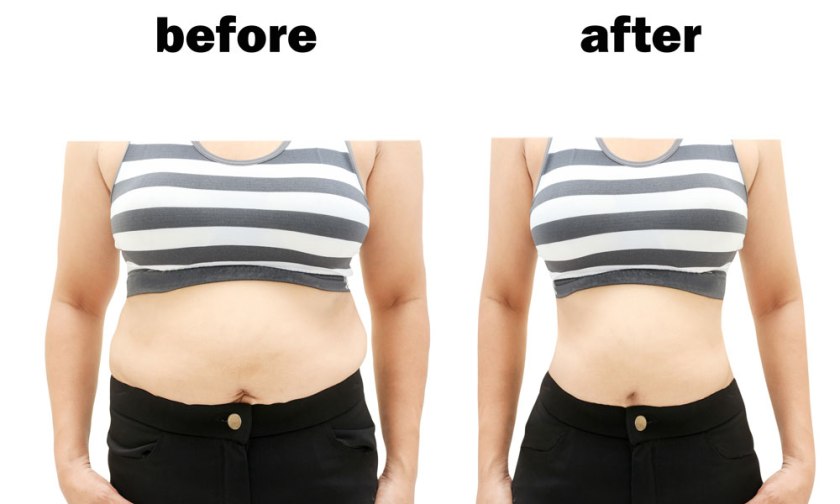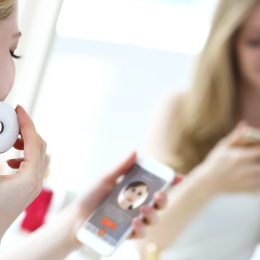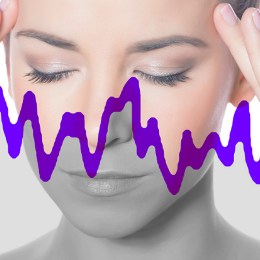It might seem like a hassle, even irrelevant, when you have a busy practice and a team under pressure to photograph patients before a procedure, ideally at intervals while improvements are occurring, and certainly after results have been achieved.
However, by not keeping a visual record you are not only missing a vital business opportunity – but could be putting your reputation at risk.
For cosmetic medical and other aesthetics professionals, photography is essential.
Good photographs can help you manage an unrealistic or forgetful patient and provide documentation of what actually transpired. They can also be invaluable for marketing and for publications.
All of these are reasons to learn more about photography and invest in a camera, background and system that provide reproducible, high-quality photographs.
According to Dan O’Donnell, marketing manager of High Tech Laser, who supplies device technology across the cosmetic medical and aesthetics spectrum, B&As play an important role in:
• Risk management; eg. demonstrating results that have been achieved
• Managing new patient expectations – eg. what level of improvement to expect from a treatment
• Educating patients what is a normal post-treatment response
• For use in marketing, thus practice growth
• Referral building – eg. writing up patient case studies and sharing with potential referrers. An example would be sharing results of light-based or HydraFacial treatments on acne-prone skin to other aesthetics and health practitioners who deal with acne patients but who cannot provide a complete solution.
• Professional development – eg. using the photos in research papers you are writing
• Staff job satisfaction – eg. by demonstrating what they have achieved for their patients. Imagine the pride a staff member would feel if you pass around photos of an amazing change they have achieved at a staff meeting.
“B&As as a risk management tool are especially important for non-surgical treatments,” says Dan.
“The changes stimulated by non-surgical treatments can often take 30 to 180 days to mature and because patients are looking at their skin every day they are sometimes unable to perceive the improvements that have occurred.
“Therefore, photos are vital objective evidence to have if they ever complain.
“Practices should make taking before and after photos part of their process for every patient.
“This may require making it part of KPIs for staff. The clinic should outline a standard procedure for taking photos that is followed every time.
“Many patients don’t want to come in for their final photo after the course of treatments has finished and have achieved the results they wanted.
“It is worth considering including a margin in your price for a gift voucher for a special treatment so that they have a reason to return and allow you to take the final picture.
“The value of a good library of B&A photos will far exceed any cost of doing this.”
If you intend using the photos in marketing, consent of patients should be obtained in writing and then make sure the photos are stored securely in compliance with privacy laws, as you would any other confidential patient data.
When you use the photos for marketing, make sure that it is clearly stated that they may not be copied or distributed.
It is also of value to make the point that the photos are of actual patients treated at your clinic – this can be a powerful way to separate you from other providers who use stock B&As.
Registered health practitioners should also ensure that the use of the photos complies with advertising regulations to avoid being penalised: Visit AHPRA.GOV.AU/PUBLICATIONS/ADVERTISING-RESOURCES/LEGISLATION GUIDELINES.ASPX
KEEP UP STANDARDS
For B&As to be credible, the procedure for taking the photos needs to be consistent in terms of lighting, the camera used, the way patients are dressed, the positions, the distance the photos are taken from, the amount of zoom and so forth.
Having a simple protocol for patient photography is essential, according to US dermatologist Dr Kenneth Beer, who explains:
Take steps to standardise not only the method of getting representative photographs, but also of storing/cataloguing them for efficient retrieval for presentations and patient use.
The key to this is to simplify the process and make the number of photos required for each patient uniform.
One of the most important aspects of medical photography — more important than equipment or software — is to standardise the poses so that any employee can take pictures that are publication quality.
For instance, a standardised pose for a patient receiving injections for nasolabial creases includes a:
• Frontal image
• 45-degree each left and right image
• 90-degree each left and right image
In order to guarantee that the angles are the same for each 45-degree photo taken for a particular patient, the patient should be instructed to turn their head until the tip of the nose overlaps with the edge of their cheek. The 90-degree pose should be taken with the person pointed at a right angle to the camera.
The full-face images from a particular patient should have the same content without needing to be cropped.
My standard protocol is to take a shot that spans from the frontal forehead to the bottom of the chin.
A common problem I have seen is the use of various backgrounds within the office.
Problems posed by this are multiple, but the most important is that the focus of attention for a photograph may be on the wallpaper of the exam room or the laser sitting behind the patient rather than on the clinical image.
A second problem is the shadowing that will occur without some material behind the subject.
Finally, most digital cameras use a computer weighting system that will focus partially on the subject and partially on the wall behind them, blending the distances and focusing on neither. Invest in equipment that will fulfill the specific requirements of B&A photography.




